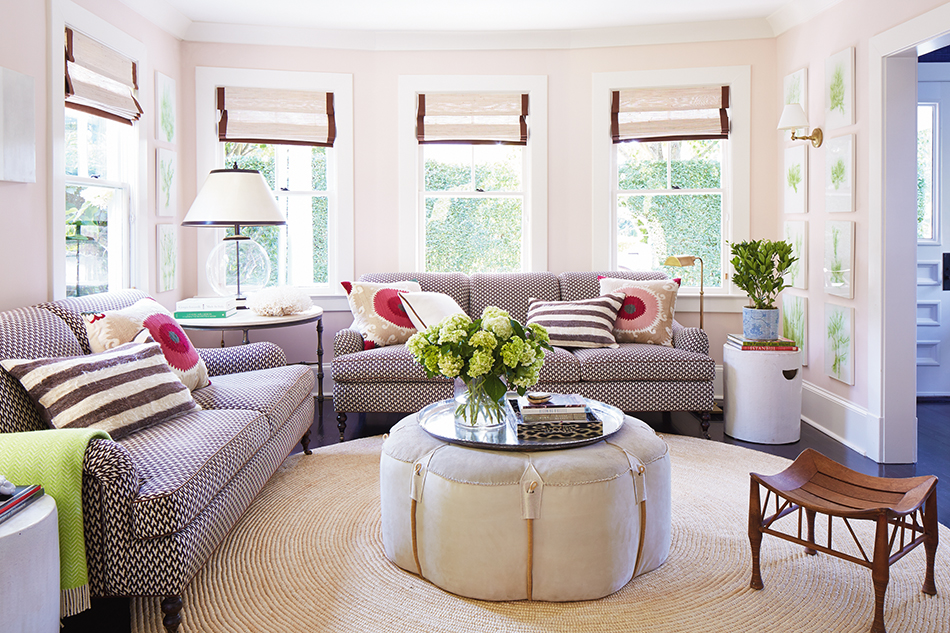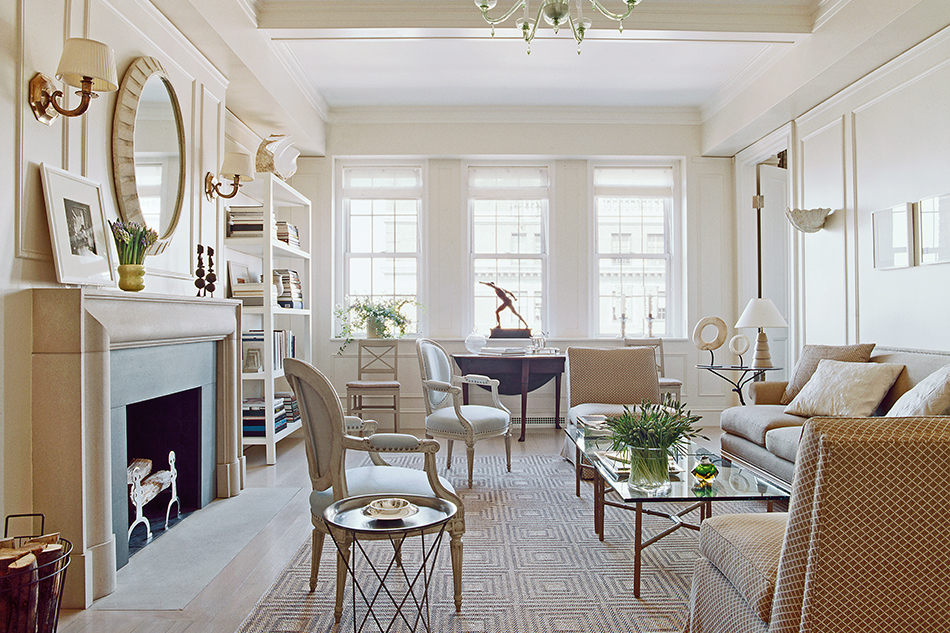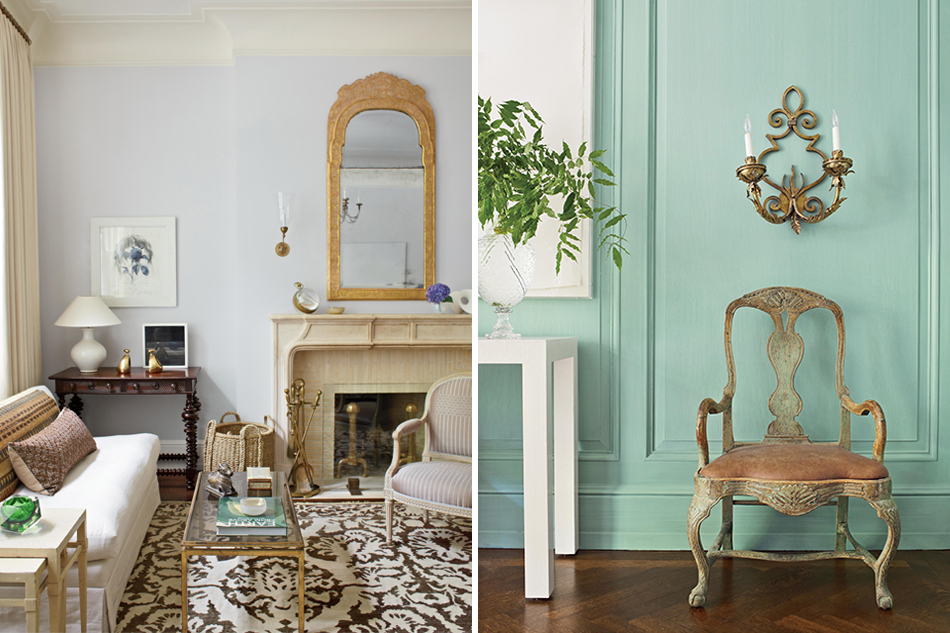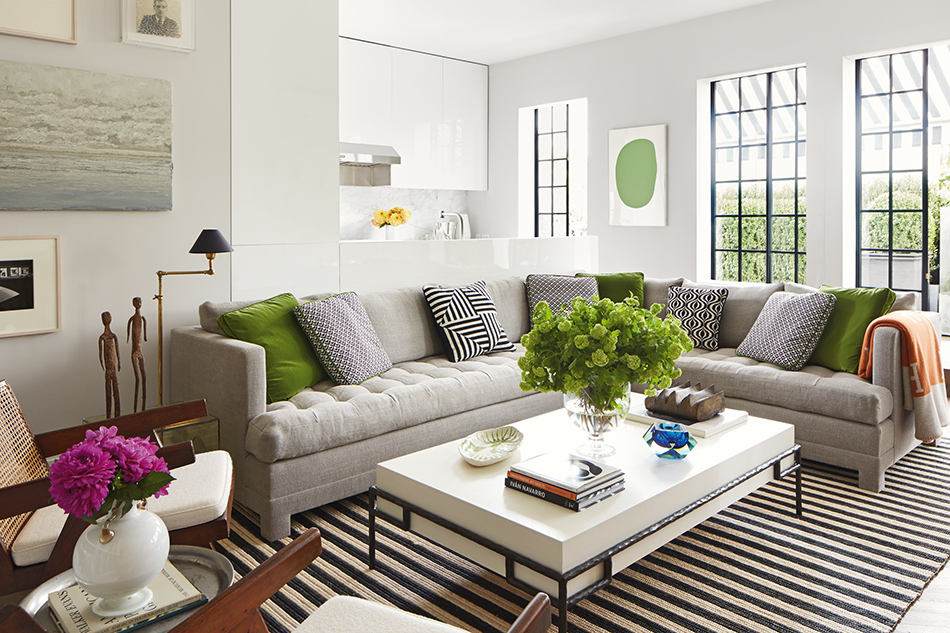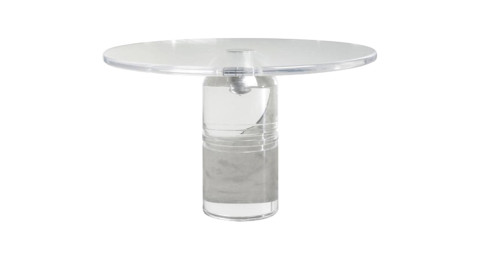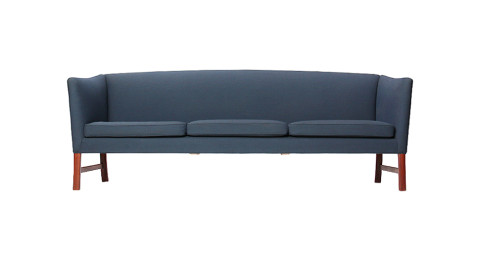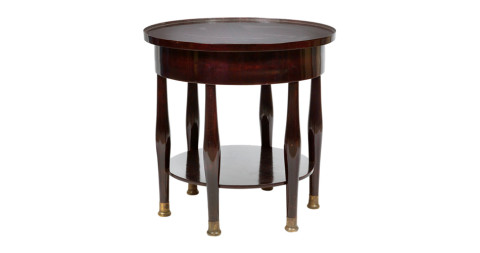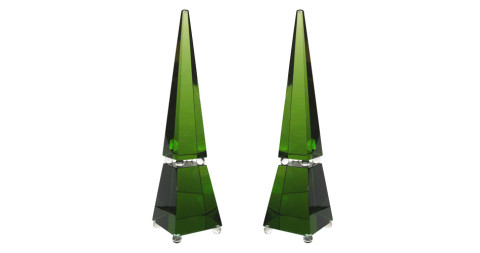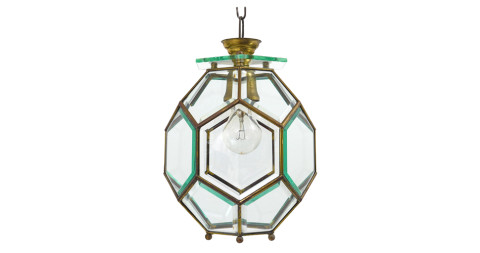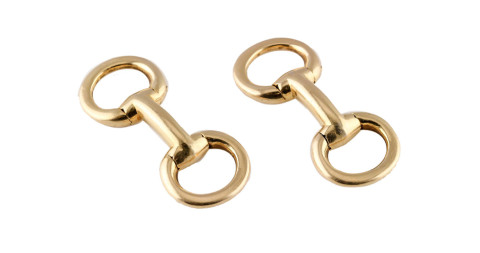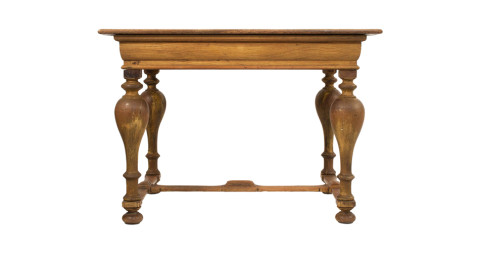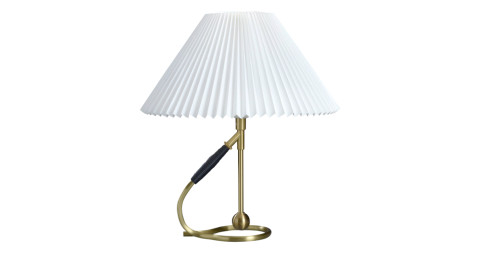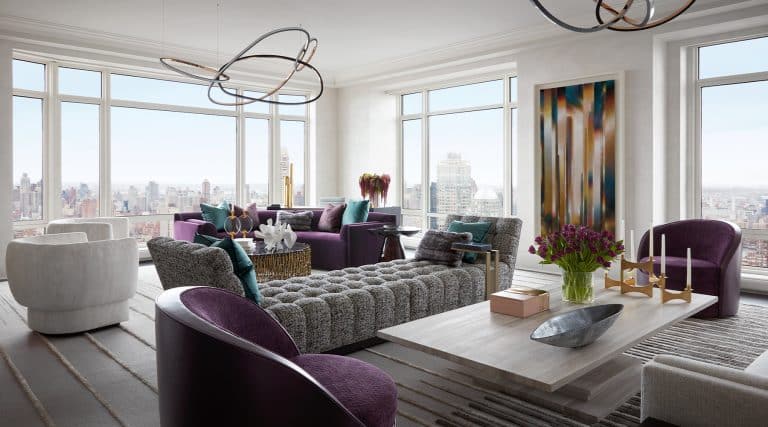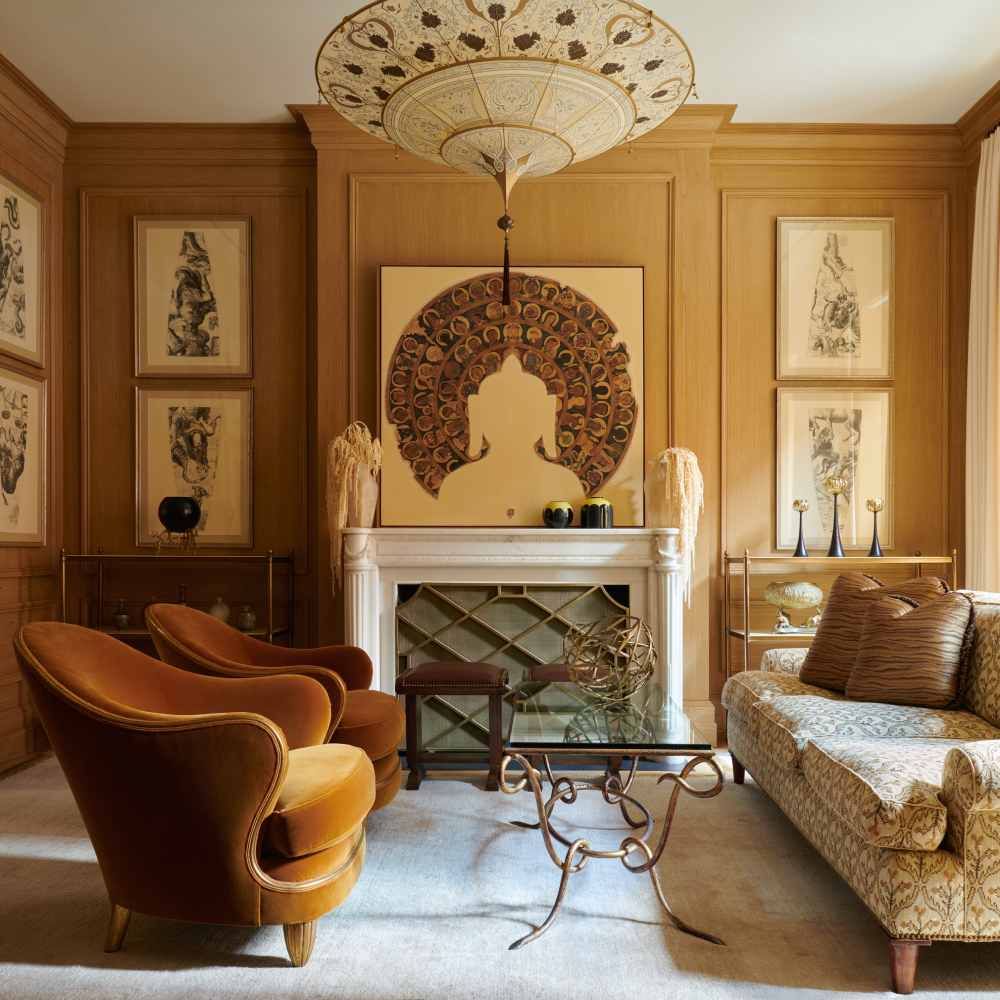
January 4, 2016Decorator Timothy Whealon recently released his first monograph, In Pursuit of Beauty (portrait by William Waldron). Top: For the living room of the townhouse Whealon designed on Manhattan’s Sutton Place for the late media mogul William Reilly, the designer imported antique oak Parquet de Versailles floors from France and double-hung sash windows from Ireland. A Regency Pollard-oak library table sits opposite a neoclassical George III chimneypiece (photo by Joshua McHugh). All photos courtesy of Rizzoli
Designer Timothy Whealon is always on the search for beautiful things. As a teenage antiques buff in the Milwaukee suburbs, he hunted down English Sheffield silver and imari porcelain at estate sales. In the early 1990s, he participated in the management training program at Sotheby’s, passing most of his waking hours honing his expertise about subjects as varied as American folk art and rare clocks. And today, as a New York–based decorator, Whealon might spend days looking for the perfect pair of Hans J. Wegner armchairs or just the right shade of Venetian plaster for a client’s walls. Indeed, Whealon has been pursuing beauty on behalf of interior-design clients for 20 years, but only now have those quietly refined homes been showcased in an aptly titled book: In Pursuit of Beauty: The Interiors of Timothy Whealon (Rizzoli).
To mark the publication of his first monograph, Whealon spoke to Introspective about his career, his evolving personal style and his passion for collecting.
Three of your own residences are in the book: your current Gramercy Park penthouse and Southampton cottage, as well as your former Greenwich Village prewar, all done in somewhat varied styles. What can you tell us about your style evolution over the years?
I began collecting Georgian furniture and going to auctions with my mother when I was in my teens, so I always had a love for the decorative arts and design. As I traveled and studied more, I developed an appreciation for all sorts of things. I think that’s why I left Sotheby’s — I didn’t want to specialize in just one thing, and with interior design I can work with contemporary art and English furniture and vintage things from the 1940s and ’50s. My interiors are grounded in classicism, but I like to look at classicism and reinvent it and reduce it to simpler elements.

“When confronted with a room that has extraordinarily high ceilings, I focus on the floor first,” Whealon writes of this duplex on Manhattan’s Upper East Side. “It’s important to bring your eye down.” Here he placed a patterned rug atop a wood floor he had hand-stenciled with a Renaissance-inspired design. Photo by Max Kim-Bee
My apartment on lower Fifth Avenue dated to the 1920s, and I wanted to keep it fresh and formal. In Southampton, I have this little 1915 shingled Four Square house in the village, and I let myself have fun there by using more color and keeping it casual. When I found my Gramercy penthouse in 2008, it was all about the terrace and the views and the light. I have very little wall space.
Even so, art seems to be a focus — you have a lot of great pieces on those few walls.
I’ve collected little works on paper and photography and Indian miniatures and very tactile, beautiful things. I bought small works from really good artists because I couldn’t afford the larger pieces but also because I was drawn to the more intimate scale. I decorated the apartment not as much around the art as with the art in mind.
What are some of the influences that you draw from?
I devoured all of Albert Hadley’s books and David Hicks’s, too. I liked that they revisited classicism in a way that felt current. I was just in Scotland at this beautiful old castle that was filled with antiques. It was so cozy, and the fires were going. I’m torn between living that way or in a very contemporary, modernist interior. And yet in my modern projects, I’m drawn to interiors that have a certain warmth and personality.

Working on a Monaco villa, Whealon turned a small and simple powder room into an ogee extravaganza, selecting what he describes as a “compelling” Phillip Jeffries grasscloth for the walls. Photo by Simon Watson
How do you achieve that balance between modern and time-tested?
I’m all about the details and trying to find harmony between all the different elements going on in a room. It’s the bespoke touches that make an interior special, like the stitching on a sofa or the way a piece of furniture is waxed or painted.
One of the biggest joys in my job is working with all the artisans who make things for us. And then being able to mix those pieces with things that are vintage and have a history — that’s where a room becomes dynamic.
What do you look for when shopping for antiques?
A lot of my rooms have mixes that span centuries — mainly the 17th through 19th — along with pieces from the 1930s, ’40 and ’50s mixed with contemporary things. But, really, it’s about buying beautiful furniture. With clients, they have to respond at an emotional level, and you can see it right away. If not, I tell them not to buy it. We’ll soon find something that speaks to them.
What do you look for when buying art for clients?
My interests are varied, and I’m a generalist so I buy across all fields — from contemporary to Old Master paintings. I buy all different mediums, too: sculpture, oils, works on paper and prints. I am especially attracted to the tactile quality of works on paper, and I am just as drawn to the high as I am to the low — to the museum-quality piece as I am to flea-market find. But I’m not just an interior designer advising people on expensive art. It’s about knowing about the artist and the value of what something should be in the marketplace. I mainly respond to a certain aesthetic quality and how it fits into a client’s personality and collecting vision or into a decorative moment in a house.

In the guest room of a restored late-Georgian townhouse on London’s Montagu Square, camel-hair-covered walls surround a French Directoire campaign bed with a canopy of red and white ticking. Whealon used an antique Persian textile as a bedspread. Photo courtesy of Elle Décor
How do you make a grand house inviting despite its scale?
I like to add elements that give patina. I might use a beautiful white wool curtain and pair it with an old Indian trim laid onto a grosgrain tape. Or I’ll take a Billy Baldwin chair or sofa and lay an antique textile over the back. And I like using metal with a bit of texture in the finish, like in a Maison Ramsay coffee table from the ’40s.
I tend to use carpets that have a low pile or an aged quality in main rooms. In bedrooms I like the carpets crisper, or I’ll do wall-to-wall because I think it’s cozier.
When I’m framing art, especially if it’s a more formal house, I’ll spend a lot of time finding frames that are antique or look old. I use Gill & Lagodich — they do beautiful ones. I do go back to a lot of the houses I’ve designed, and they look better with age on them. But then again, some of my interiors stay crisp.
You have a sophisticated take on kids’ rooms — they’re fun without being juvenile. How do you adapt your designs for children?
Kids grow up so quickly, so I try to create rooms that can change with them. I take elements of what I do elsewhere, like pattern and texture and color, and make it fun and a bit different. It can’t be too precious, but I like to add something vintage or a piece of art that gives the room a lift.
And I talk to kids about the colors they like. Actually, I’m in the midst of a heated debate with a little girl about her bedroom, which I did in all different shades of purple. But she’s saying that they’re pink — and I think she might be right.
PURCHASE THIS BOOK
or support your local bookstore
Timothy Whealon’s Quick Picks on 1stdibs

